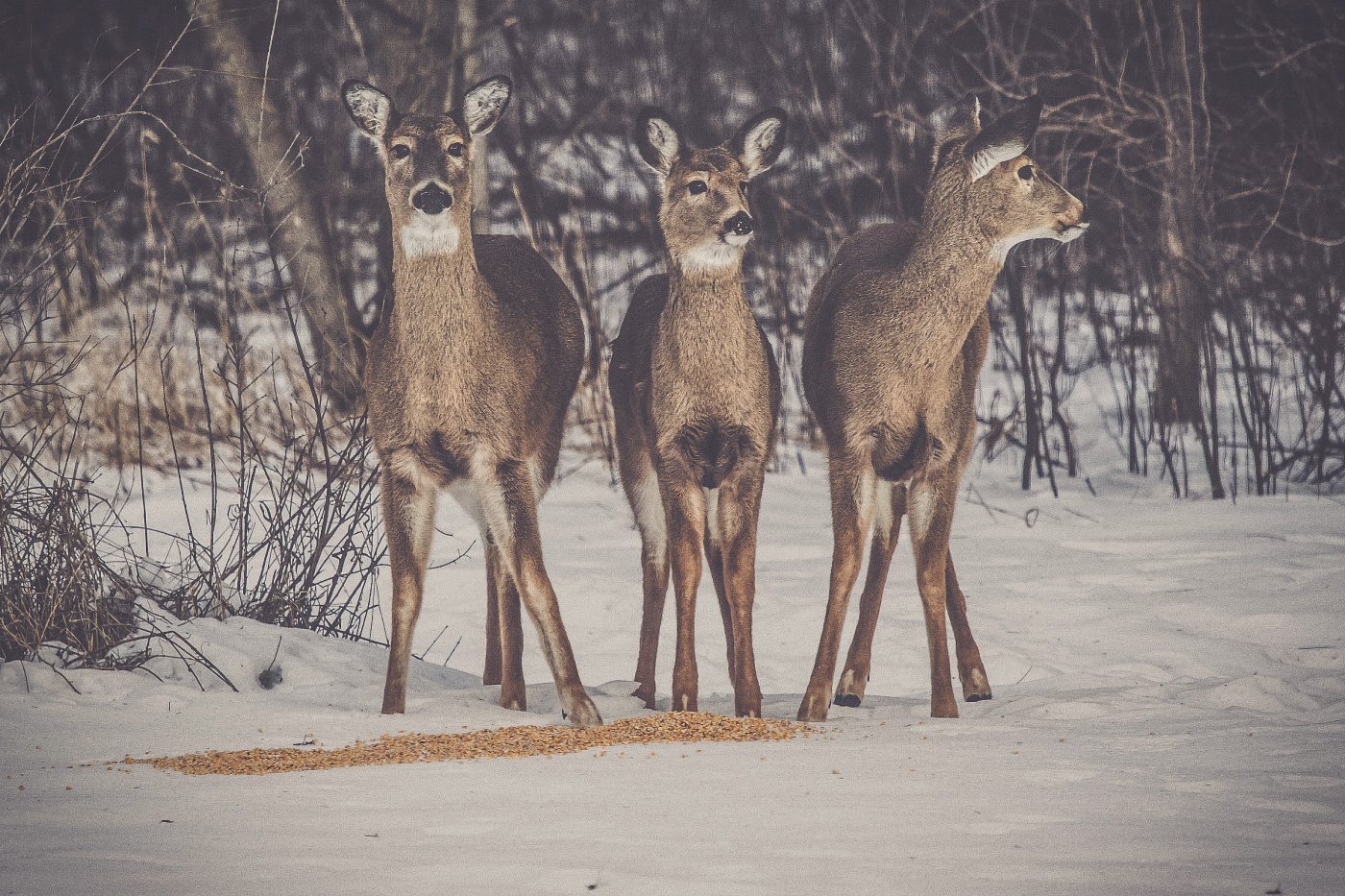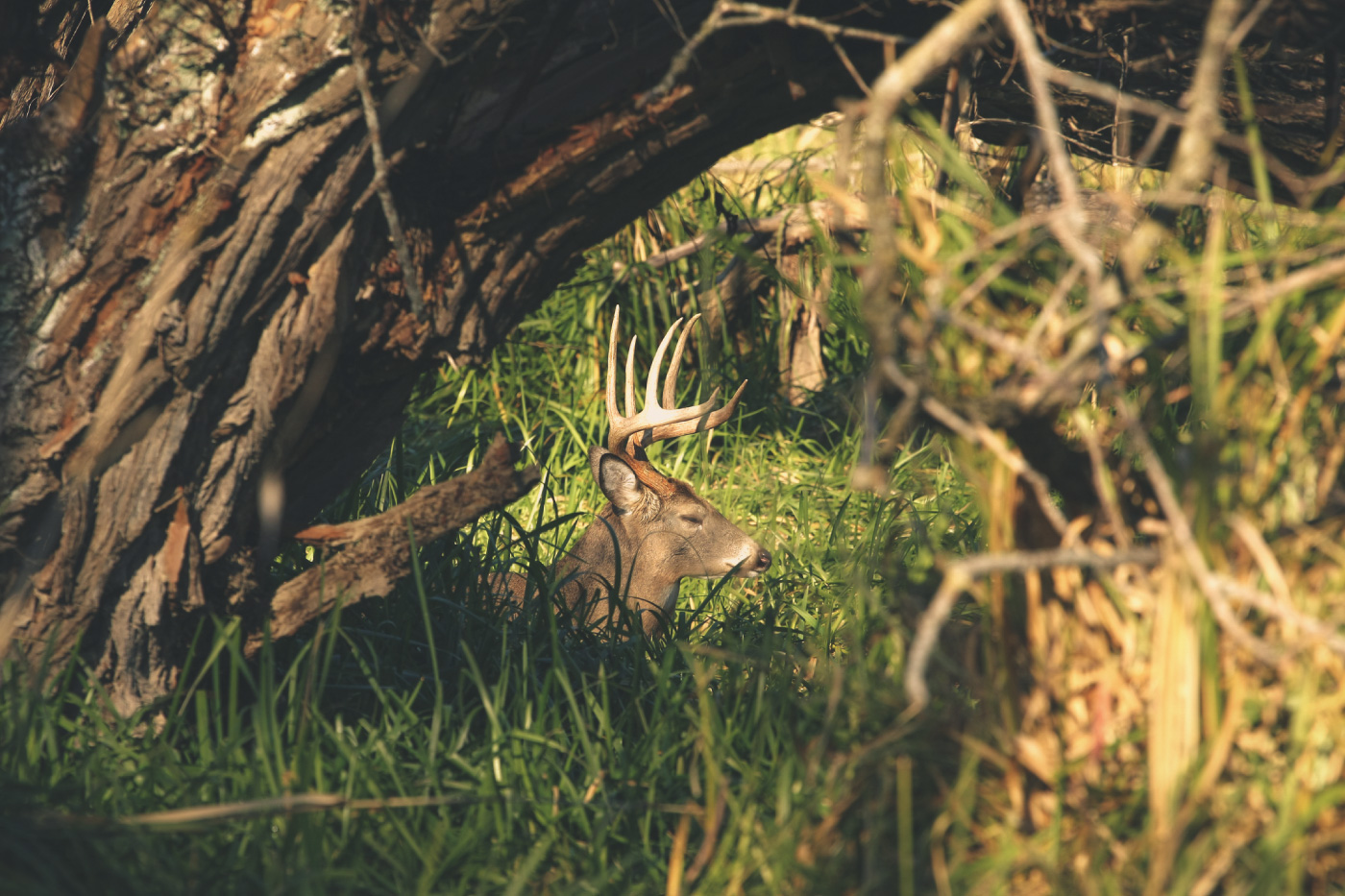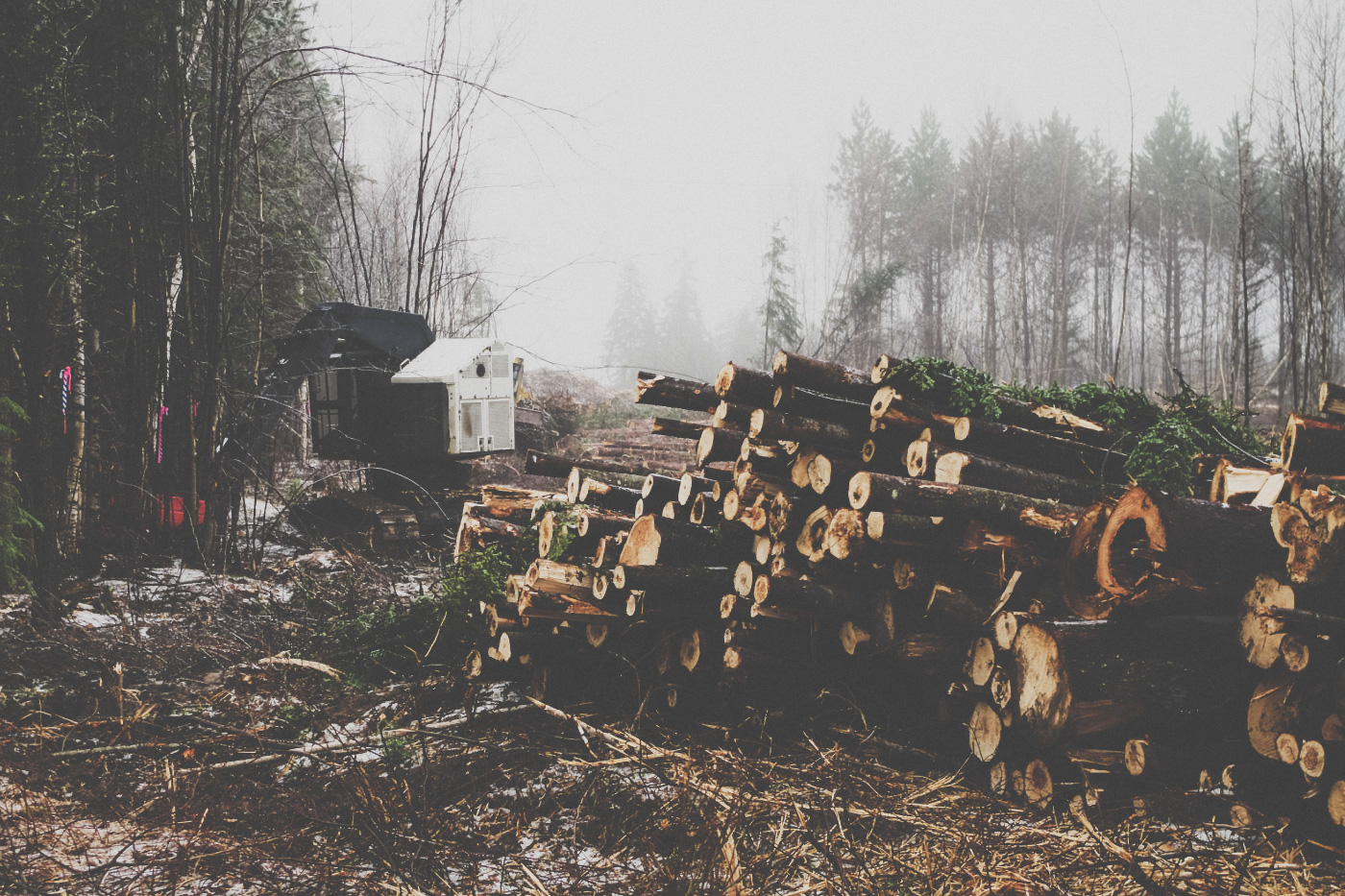Home » News » 3 Ways to Out-Bait Other Hunters
3 Ways to Out-Bait Other Hunters

A.J. DeRosa founded Project Upland in 2014 as an excuse…
Do you bait deer?
With more and more states allowing the use of bait, it makes the ability to do so effectively more difficult each year as deer become more conditioned to this hunting method. Plenty of hunters only see mature bucks on camera in the middle of the night. We also experience skittish behavior from even younger deer when approaching what has become a threatening environment for a hungry whitetail. There are ways we can try and overcome the baiting dilemma and out-bait other hunters with outside-the-box thinking.
Confidence Baiting
We are firm believers in looking at things outside of deer hunting for new ideas. Coyote hunters have developed years of complex baiting methods to create more natural bait sites to produce higher harvest rates. One of these methodologies is what is called confidence baiting. It’s based on the idea that in the wild, food would appear over a large area rather than just a pile in one location. The idea is that having a core baiting site supported by multiple smaller bait sites will create a more natural setting. Similar to how an acorn crop will be spread over a large area. This different concept can start to ease the conditioned fear of even the most mature whitetails.
Although most mature whitetails will still understand the difference between the food sources, the difference in placement will still alter their behavior. Confidence stems from options in a whitetail’s world such as escape routes, different approach angles, and various settings in general. By spreading deer feed out in a wide area more naturally, you create these options for deer.
Side by side, a pile of bait will not perform nearly as well as bait spread throughout an area. This method will make your own set up variables grow, but by taking advantage of wind directions you will ultimately be given more positive options than that of a single bait pile.
The Isolated Variable
When we have a bait site and capture late night pictures, we often become frustrated that daylight appearances seem to be impossible. What we need to remember is that we have isolated one very important and often difficult variable: We know where the deer want to feed. We hold a golden piece of the puzzle in patterning any whitetail and often find ourselves staring at just pictures taken over the bait site. It’s time to move the camera – or cameras – elsewhere, if possible.
We must ask ourselves: Where are they traveling from to approach this bait site? Where are they bedding in relation to this isolated food source? By starting to explore these concepts, we can start to find that killing that “impossible” late-night-feeding mature buck might be a reality 200 yards away. Not only do we stand more of a chance seeing deer in the daylight further from the bait but also the opportunity to interact with a deer that does not have its guard up like when it’s nearing a bait pile.
Late Season Hunger
State and municipal laws will dictate how late in the season you can bait. As the season progresses and food sources dwindle, our bait sites become more active. In most cases, whitetails will select natural food sources like white oak acorns or beech nuts. When these foods are available it will decrease bait site activity.
Taking that into consideration along with time management gives a strong indication to rely more on bait late in the season. At times when available, hunting natural bait sites may be the superior option for action.
When Not to Bait at All
If we find ourselves hunting an area full of other hunters baiting, it might be time to stop trying to out-bait other hunters. We need to start looking at what these other hunters are doing in relation to our hunting areas. Bait sites, for the most part, are considered a high-alert territory to a conditioned whitetail. Removing bait from our own hunting grounds can make us the neutral or even safe zone for a clever whitetail.
This falls under the concept laid out in The Urban Deer Complex, “Hunting the Hunter.” Reading what other hunters are doing can often tell us what the deer are avoiding or not doing. Our locations without bait now become an area where a whitetail’s alert level will not shift. In the cases of being in natural funnels (with abutting properties baiting), you will now find yourself reaping the benefits of other people’s isolated variable. It’s also much cheaper letting others do the baiting for you.
A.J. DeRosa founded Project Upland in 2014 as an excuse to go hunting more often (and it worked). A New England native, he grew up hunting and has spent over 30 years in pursuit of big and small game species across three continents. He started collecting guns on his 18th birthday and eventually found his passion for side-by-side shotguns, inspiring him to travel the world to meet the people and places from which they come. Looking to turn his passion into inspiration for others, AJ was first published in 2004 and went on to write his first book The Urban Deer Complex in 2014. He soon discovered a love for filmmaking, particularly the challenge of capturing ruffed grouse with a camera, which led to the award-winning Project Upland film series. AJ's love for all things wild has caused him to advocate on the federal and state levels to promote and expand conservation policy, habitat funding, and upland game bird awareness. He currently serves as the Strafford County New Hampshire Fish & Game Commissioner in order to give back to his community and to further the mission of the agency. When those hunting excuses are in play, you can find him wandering behind his Wirehaired Pointing Griffon in the mountains of New England and anywhere else the birds take them.



